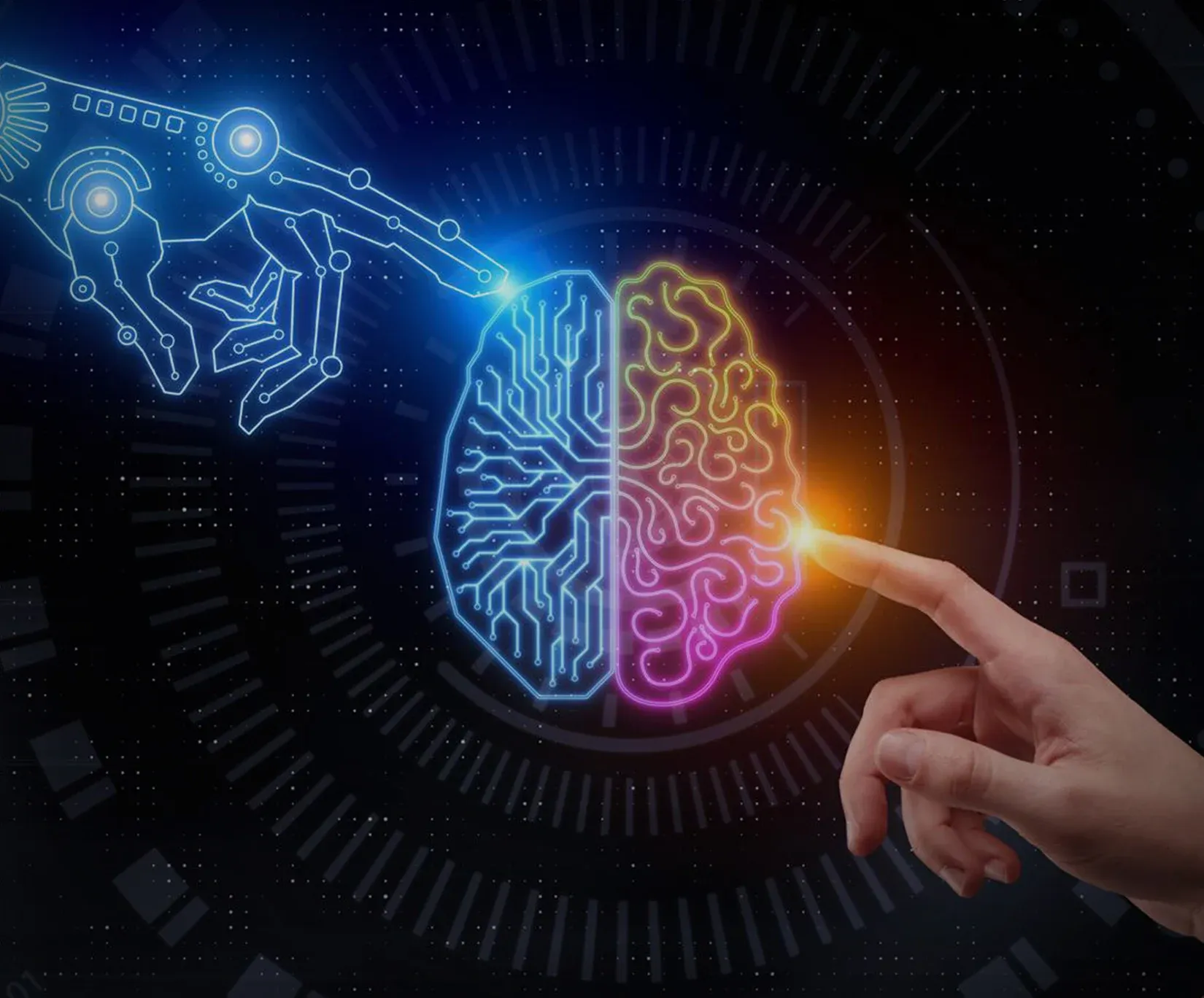Upskilling and Reskilling for talent transformation in the era of AI

Artificial Intelligence (AI) represents a once-in-a-lifetime change management opportunity that might decide who wins and loses across every industry. As the AI era takes shape through digital transformation initiatives, executives and employees alike are contemplating how it affects employment and the skills needed to stay ahead. This is where AI upskilling and reskilling come into play.
How executives and employees view the era of AI
As per research says more than 60% of executives say that generative AI will disrupt how their organization designs customer and employee experiences. Employees need to change to meet those needs. Many are turning to AI upskilling, the act of preparing the workforce with skills and education to empower them to use AI to do their jobs. The World Economic Forum estimated that automation will displace 85 million jobs by 2025, and 40% of core skills will change for workers in its Future of Jobs Report 2023. AI will usher in a new era of productivity and value, and business leaders in the C-suite should make employees part of that future.
Every organization is responsible for providing its workforce with the requisite skill sets and education to use AI in their daily jobs. CHROs, specifically, should take a leading role in decision-making when it comes to what skills technology automates and which ones remain mission-critical skills handled by employees.
The rise of AI is fundamentally remaking corporate strategy. Executives must enhance AI capabilities, such as using generative AI tools, throughout the workforce. They must provide opportunities to develop employees’ skills as the AI takes on some of the previous tasks handled by humans.
Employees are interested in learning advanced technical skills that can harness the power of AI to make their jobs more efficient and their career paths more successful. Organizations have a vested interest in upskilling their employees to better use new technologies such as AI in their daily activities to enhance productivity and improve problem solving.
Upskilling versus reskilling
Upskilling and reskilling are separate but important components of an organization’s approach to talent development and skill building. The first, upskilling, is the process of improving employee skill sets through training and development programs. The goal is to minimize skill gaps and prepare employees for changes in their job roles or functions. An example of upskilling is customer care representatives learning how to use generative AI and chatbots to better answer customer questions in real time with prompt engineering.
Reskilling refers to learning an entire set of new skills to do a new job. For example, someone who currently works in data processing might need to embrace reskilling to learn web development or advanced data analytics.
Executives estimate about 40% of their workforce needs to reskill over the next 3 years.
AI upskilling opportunities in disciplines and industries
The evolution of AI is creating opportunities for new industries, new jobs and new approaches to existing jobs. To prepare their people and businesses, organizations must ensure that their employees are equipped with the skills for tomorrow without disrupting today’s business. This is where a range of upskilling use cases are critical for success.
Customer service
Customer service is most CEOs’ top discipline for deploying generative AI, according to an IBM Institute for Business Value report. AI can handle some of the initial queries by customers, but customer service representatives (CSRs) also need to use the tools when issues get escalated to them. CSRs need to improve their ability to do prompt engineering and talk to customers while searching through AI-built database.
Financial services
Employees in finance increasingly have enhanced tools to help them make better investments on behalf of their clients. Nearly 70% of financial services leaders believe at least half of their workforce requires upskilling in 2024. It requires not only learning how to use these new technologies, but also feeling they can trust the results from AI technologies, even if they cannot completely understand them.
Human resources (HR)
Organizations are beginning to use AI in HR—to process job applications and help find the right candidates. HR representatives need to learn how to use this technology to spot potential biases or other uncertainties, so they find valuable prospects.
Web development
Generative AI and other advanced technologies are creating massive opportunities for efficiency in web development. Developers can use it to convert one coding language into another. One such example: applications can refactor COBOL code for mainframes into modular business service components.
How AI can supercharge upskilling opportunities
Organizations can use AI technologies to enhance the AI learning experience itself.
Online learning and development
Using generative AI chatbots and personalization can create more customized learning opportunities for each employee. It can create training programs that combine the foundational AI education any employee needs with specific instruction tailored to the learners’ jobs. As a result, the employee has a robust and tailored set of AI skills that helps them maximize their job capabilities.
Here’s a sample course load for an AI upskilling development program that IBM offers:
- Strategic essentials, such as the rise of generative AI for business and how to become a value creator with generative AI.
- Elements of enterprise AI, such as using data management and generative AI foundation models to drive added value.
- Putting AI to work for specific disciplines, such as marketing, coding or talent development.
